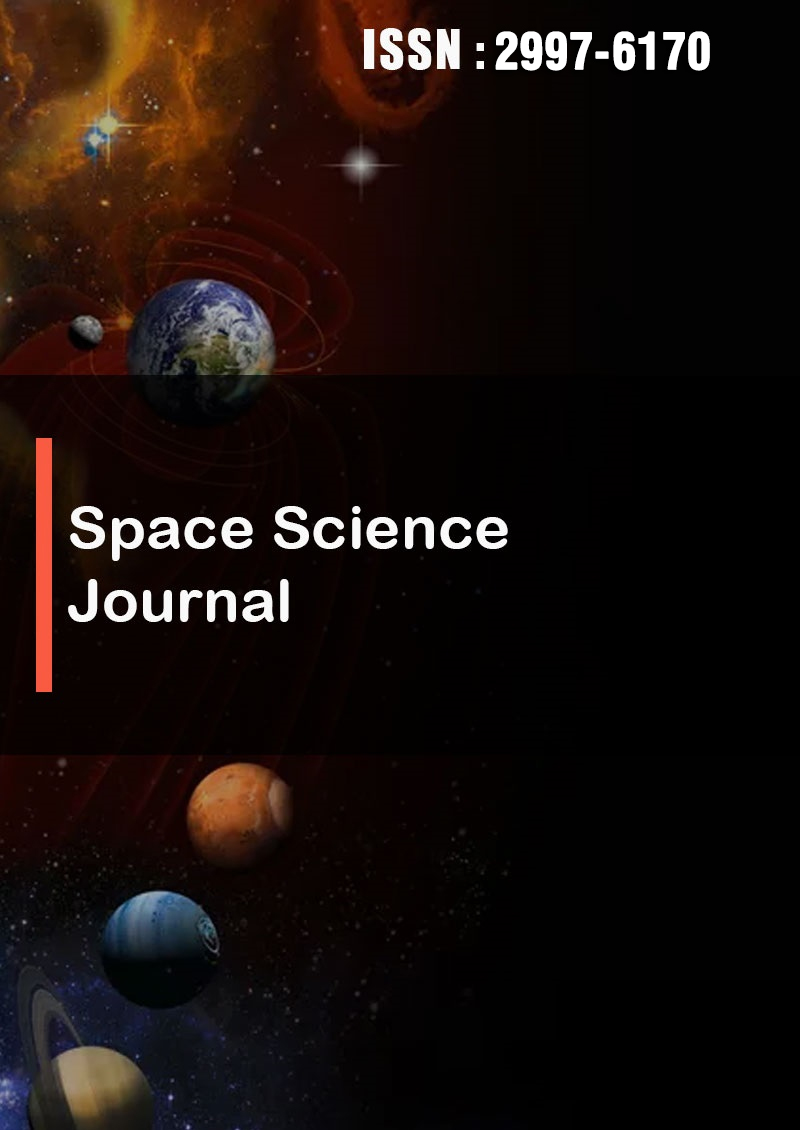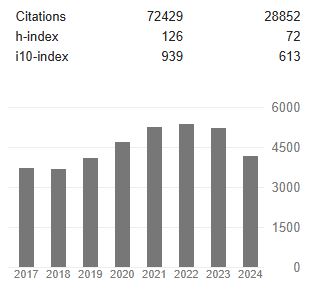Starting from the Nested Fringes of the Double-Slit Experiment
Abstract
Jiankun Lai
The double-slit experiment is a fundamental experiment in physical optics, currently regarded as a demonstration of the wave-like properties of microscopic particles. This is due to the pattern of alternating bright and dark fringes that appear on the screen as a result of the experiment. However, another characteristic of the double-slit fringe pattern—the nested fringes—has not been previously discussed. In this paper, the authors propose a novel theory of double-slit separation based on this feature and design a new double-slit experimental apparatus to conduct the experiment, allowing for the adjustment of the slit width during the process and thus observing the variation in the fringe pattern. The experiment reveals that the double-slit fringe pattern is actually a localized magnification at the center of the Single filament diffraction pattern, inheriting the nested feature of the Single filament diffraction fringes. A set of obstruction theories utilizing relativity is summarized to explain the double-slit experiment. This new discovery opens up a fresh direction for research into the double-slit experiment.




